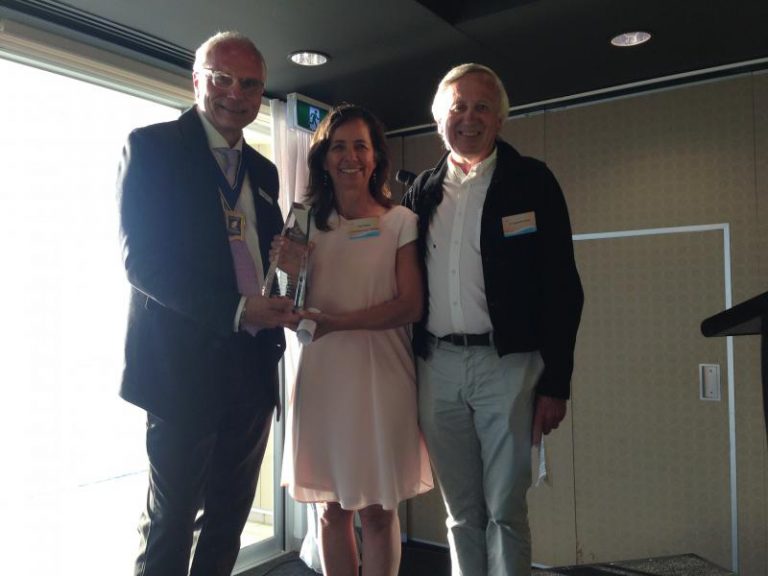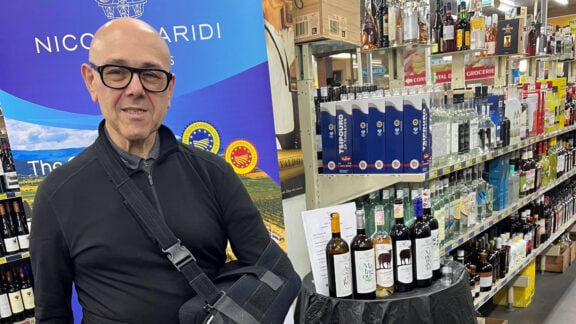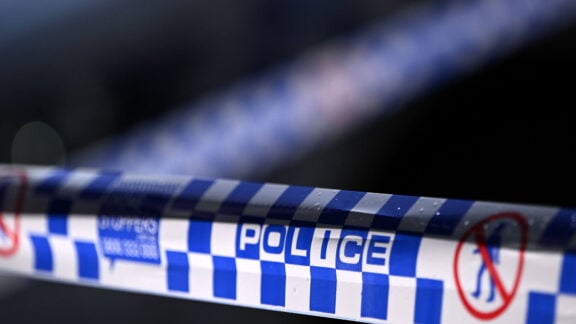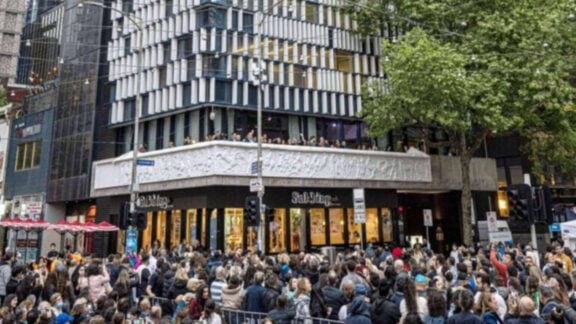“You might hear waves in the background; that is because I’m actually at the beach, would you believe? I just finished a meeting here.”
That’s right. Dr Vicki Kotsirilos AM regularly holds meetings at the beach, on her days off from her medical practice, that is.
“I combine it with pleasure, as well”, she clarifies cheerfully, describing how she cycles down from her home to the beach in order to meet government officials, politicians, councillors and members of the Bayside community, discussing concerns about the health of the Bayside area coast.
On Australia Day, this particular activity of hers was officially recognised by the Bayside City Council, which presented her with the Australia Day Environment Award, “recognising outstanding and long-term leadership, action and advocacy for coastal and natural heritage protection in the city of Bayside and generating community awareness of the value of our Bayside environment”.
This was the second time in a few months that the GP, nutritionist and associate professor of LaTrobe’s Department of Dietetics and Human Nutrition, and also of the Department of Epidemiology and Preventive Medicine of Monash University, has garnered recognition for her work within the broader community, after her being part of the 2016 Queens Birthday Honours.
“I know! It’s unbelievable, isn’t it? I didn’t expect another award, so for me it was a great surprise and a wonderful honour to receive this fantastic award,” she says, describing how this latest distinction is “a more emotional, spiritual celebration” for her, something “important on a personal level”, as it is part of her work within the community she lives in.
“The other award is about things that got me away from my family, going to Canberra, participating in policy; this one is about things that bring me closer to my family, to my community,” she says.
“I feel very passionate about the environment and particularly about Bayside. I’ve been living in this area for over 30 years, firstly in Hampton and for the last 18 years in Sandringham. But my activity started 10 years ago, when the Department of Environment put a very large rock groyne right in the middle of Sandringham beach. The purpose of it is to retain sand on one side to stop erosion. The problem is, depending on the movement of sand in a particular beach, it actually can cause erosion as well, on the other side of the beach.”
This is what seemed to be happening in Sandringham, causing erosion in an area which had never suffered before, spurring Vicki to form a group of like-minded volunteers, the ‘Sandringham Foreshore Association’, which now counts over 500 members and a mailing list of more than 1,000 people.
“In some areas, like Port Melbourne, rock groynes are very successful because there isn’t much longshore drift of sand. Virtually within a month of it being constructed in Sandringham it caused erosion in another area of the beach which never suffered erosion before. So that’s when I put together a group, the Sandringham Foreshore Association, and we set up as a charity organisation, and as a local environmental group we started approaching media. We now have over 1,000 people on our mailing list and more than 500 members.”
Their work finally paid off: last year, the government allocated $1 million to fix up the beach and shorten the rock groyne both in height and length to help reduce the level of erosion. In the meantime, Vicki had become a leading voice in the environmental cause, giving walking lectures to students, and the association has become a peak body, a significant voice within the community, often approached by the council for other coastal issues.
“For example, not many people in the community are aware that the Beaumaris Bay is a significant international fossil site. You can go there anytime and pick fossils at the beach.

There is an abundance and we’re working with Museum Victoria to raise awareness of the significance of the fossils,” she says, and before this information has time to sink in, she talks about the coastal scrub which is rich with indigenous flora and fauna and remains intact “like it was 100 years ago”, inspiring Victorian artists, not to mention Indigenous people − and herself.
“I live in awe of our rich natural assets,” she says. “I feel like our indigenous people, spiritually connected to our community, to the land and the environment. That’s why I’m encouraged and honoured to serve our community and act as a guardian to protect our local environment.
“This is very meaningful to me. I live in the Bayside area, it’s literally my front yeard. It’s where I come to relax, to enjoy myself, to take walks along the beach. As a local resident, this drives me to look after it. But also, as a medical practitioner, I keep up to date with research and I’m acutely aware that there is research to demonstrate the benefits of a healthy environment to our wellbeing. In the suburbs, for instance, which are greener and leafier, there are fewer incidents of childhood asthma,” she says.
“The beach is where we come to de-stress, to find happiness and joy. If we look after the health of Port Philip Bay, if we reduce the level of chemicals, we can actually create a healthier community.”








